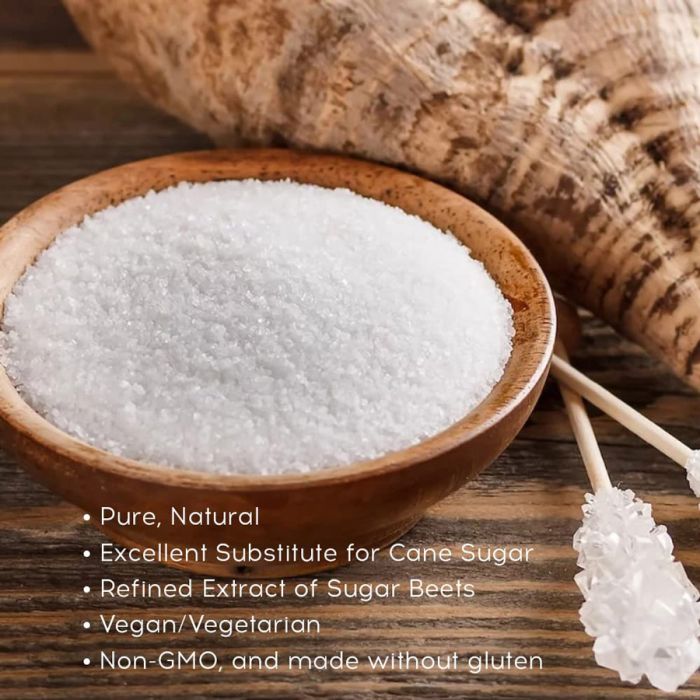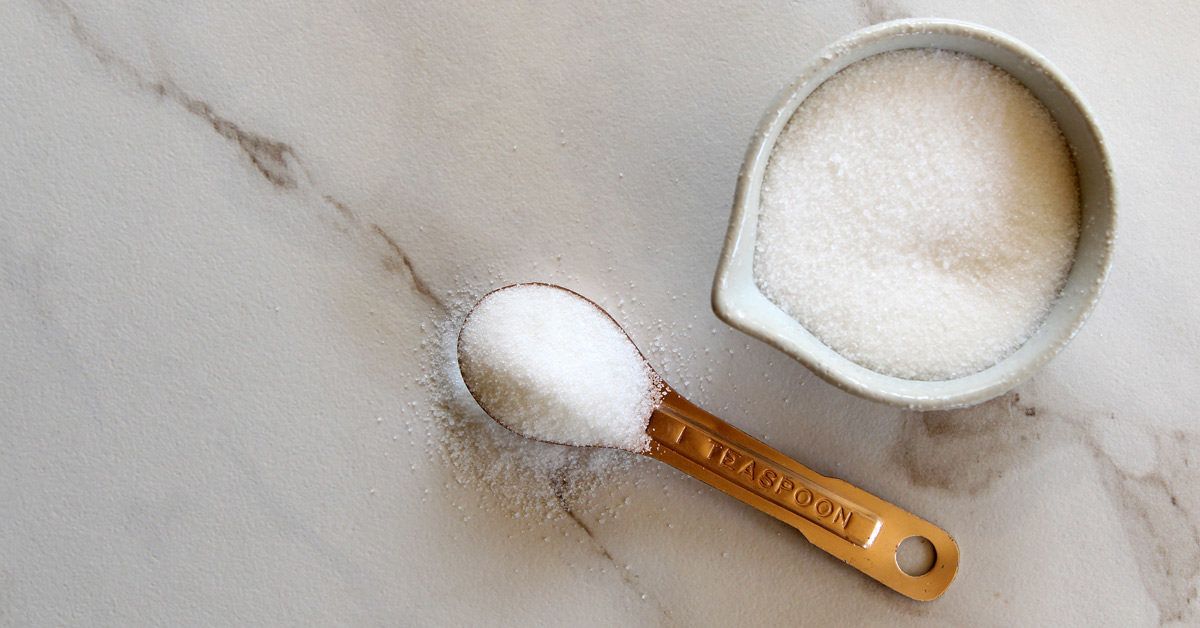Exploring the Distinctions in operation and Advantages Between Beet Sugar Vs Cane Sugar
In the culinary globe, the option between beet sugar and cane sugar is not merely about sweet taste however involves a nuanced factor to consider of taste, application, and effect. While both sugars stem from different plants, each goes through distinct production processes that discreetly affect their qualities and viability for various dishes.
Beginnings and Manufacturing Procedures of Beet and Cane Sugar

Walking cane sugar, on the other hand, comes from the sugarcane plant, an exotic grass belonging to Southeast Asia and now grown in tropical zones worldwide. The manufacturing of cane sugar begins with the harvesting of cane stalks, which are crushed to launch the juice. This juice is then boiled to focus it, after which it is rotated in centrifuges to produce raw sugar crystals. These crystals are more fine-tuned to produce the white sugar generally available in stores.

Nutritional Material and Wellness Considerations

When comparing the nutritional web content of beet sugar and cane sugar, it ends up being evident that both kinds essentially offer the very same calorie values, with around 16 calories per teaspoon and no considerable nutrient variety. Both sugars, when eaten in excess, can add to raised blood glucose degrees, a threat aspect for diabetic issues and other metabolic problems. From a wellness point of view, moderating intake of any kind of sugar, whether from beet or cane, is a good idea to prevent these potential adverse results on wellness.
Taste Profiles and Culinary Applications
Despite their similar chemical structures, beet sugar and cane sugar differ subtly in taste, which can affect their use in various culinary contexts. Cane sugar commonly brings a tip of molasses, even in its polished form, lending a cozy, caramel-like undertone that enhances baked goods, coffee, and chocolate-based recipes. On the other hand, beet sugar is characterized by its highly improved, neutral taste, making it a flexible sweetener that does not alter the flavor profiles of meals.
Ecological Effect and Sustainability
While both beet check my site and cane sugars are originated from plants, their ecological impacts vary significantly as a result of the unique approaches of farming and processing needed for every. Sugar beet cultivation commonly entails comprehensive automation, which can enhance nonrenewable fuel source consumption and carbon exhausts. Beetroots can be grown in cooler climates and call for much less watering, potentially decreasing water usage compared to sugarcane. Sugarcane, on the various other hand, is commonly grown in exotic areas where it depends heavily on irrigation and a much longer growing duration, boosting its water footprint.
Moreover, the handling of sugarcane commonly produces a substantial quantity of waste, including bagasse, which, although useful as biofuel, often contributes to air contamination if shed inefficiently. Sugar beet processing makes use of even more of the raw materials, causing less waste. Both industries encounter obstacles in decreasing hop over to these guys their environmental impacts, however continuous developments in farming methods and waste management are intending to improve sustainability.
Economic Variables Affecting the Sugar Industry
The financial dynamics of the sugar sector are considerably affected by global market needs and trade plans. Factors such as tolls, subsidies, and worldwide trade contracts play essential duties fit the affordable landscape. For example, in areas where sugarcane or sugar beet production is subsidized, producers might have a financial advantage that allows them to supply lower Full Report rates on the global market. This can produce differences in success and market accessibility for manufacturers in countries without such aids.
Additionally, fluctuations in worldwide need for sugar, affected by nutritional trends and industrial usage in foodstuff, directly effect prices and production degrees. beet sugar vs cane sugar. Climate problems likewise play a critical duty, as they can dramatically impact plant yields and, consequently, the supply chain. This variability presents a level of economic unpredictability that can cause financial investment volatility in sugar manufacturing sectors, influencing decisions from planting to market technique
Conclusion
In final thought, both beet and cane sugar have distinct qualities that match various culinary demands. While cane sugar imparts an abundant taste ideal for boosting baked products, beet sugar's neutrality is excellent for lighter meals. Nutritional resemblances regardless of, their distinct manufacturing processes and environmental influences add intricacy to the option between them. Hence, recognizing these distinctions helps cooks and customers make notified choices that straighten with their health and wellness, culinary, and moral choices.